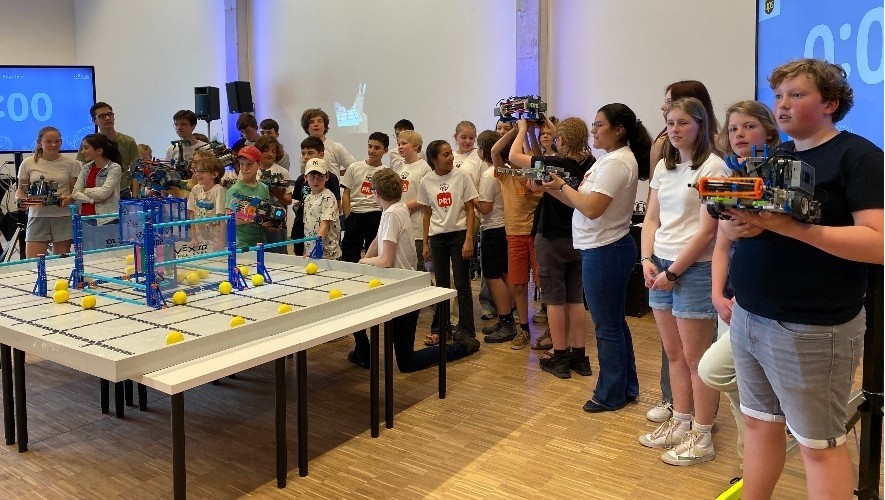- SHOP
- SCHOOLS
- ROBOTICS CLUB
Shopping Cart
There are no more items in your cart
-
SCHOOLS
Customer Service
Sorry, This blog is no longer available.
Sunday
Monday
Tuesday
Wednesday
Thursday
Friday
Saturday
January
February
March
April
May
June
July
August
September
October
November
December






